Solar photovoltaic (“PV”) panels typically consist of silicon, tempered glass, aluminum, copper, and semiconductor materials. Silicon, an element most commonly found in sand, has conductive properties that allow it to absorb and convert sunlight into electricity. When light interacts with a silicon cell, it causes electrons to be set into motion, which initiates a flow of electric current in a process known as the “photovoltaic effect”.
A solar power plant consists of a series of solar panels connected with electric conversion equipment that process the sun’s power into energy that can be used in your household. Like traditional power plants, solar power plants deliver energy onto the electrical grid to be distributed to businesses and households in neighboring communities.
